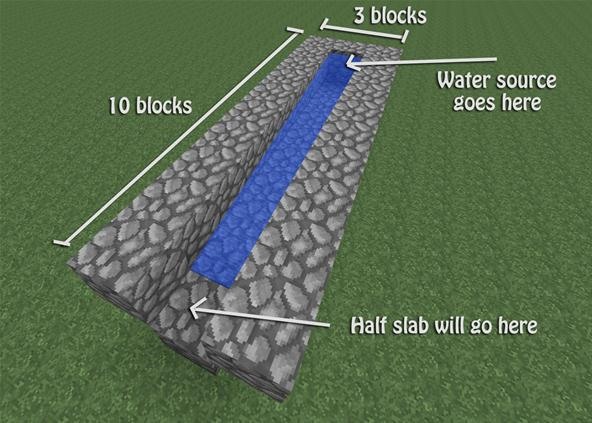
Catch also takes an argument which is the error being thrown.Īs it happens in Java, JavaScript also allows you to have a finally block which runs after your try/catch blocks regardless of whether your try block threw an error or not.
Stacks tnt error code#
In order to catch an error thrown, you must wrap the code that may throw an error into a try block followed by a catch block. To throw an error you must use the throw keyword. If you want to read more about specific properties of Error objects I highly recommend you to read this article on MDN. An error’s stack trace contains all the stack frames until its own constructor function. In some environments, such as Node, Firefox, Chrome, Edge, IE 10+, Opera and Safari 6+, we even have the stack property, which contains an error’s stack trace. These are standard properties and sometimes each environment has its own specific properties.
Stacks tnt error free#
Trace at b ( repl : 4 : 9 ) at a ( repl : 3 : 1 ) at repl : 1 : 1 // <- For now feel free to ignore anything below this point, these are Node's internals at realRunInThisContextScript ( vm. Let me give you another example, let’s say you’ve got this code: This means that when calling a function y from inside a function x, for example, we will have a stack with x and y, in this order.

This is known as the LIFO (last in, first out) property. The interesting thing about this data structure is that the last item to come in will be the first one to come out. After it finishes running it is removed from the top of the stack. Whenever there’s a function call it gets pushed to the top of the stack. If you already know this, feel free to skip this section. It’s really simple, but it is essential to know this before going any further. This blog post may seem too obvious in its beginning but when we get to start manipulating stack traces it gets pretty complicated, so make sure you have a good understanding of the previous content before moving to that section.īefore talking about errors we must understand how the call stack works. Also, when understanding what exactly are Errors and their properties you will feel much more confident taking advantage of it. Manipulating stack traces lets you clean up unuseful data and focus on what matters. This week in Chai, for example, we had this great Pull Request which greatly improved the way we handle stack traces in order for our users to have more information when their assertions fail. Sometimes people don’t pay attention to these details but this knowledge will certainly be useful if you’re writing any library related to testing or errors, of course.
Stacks tnt error how to#
This time we’re going to talk about errors and stack traces and how to manipulate them.


Hi, everyone! After a few weeks without writing about JavaScript, it’s about time we talk about it again! Lucas Fernandes da Costa at Florianópolis, Brazil


 0 kommentar(er)
0 kommentar(er)
